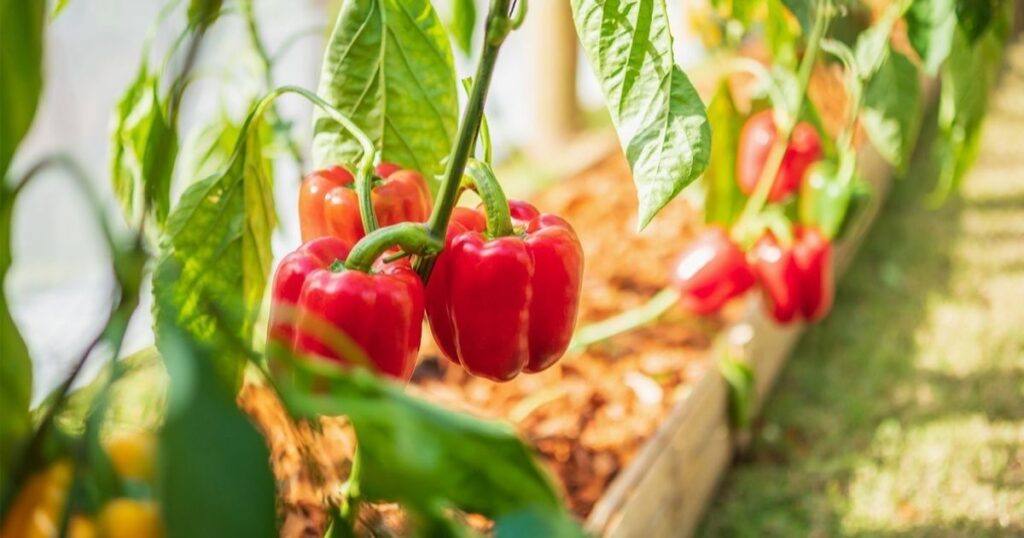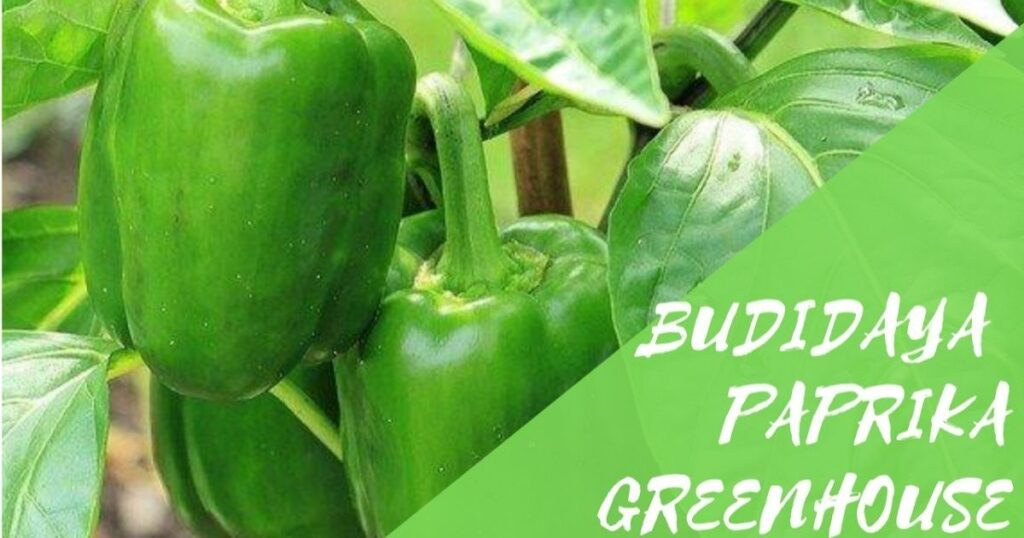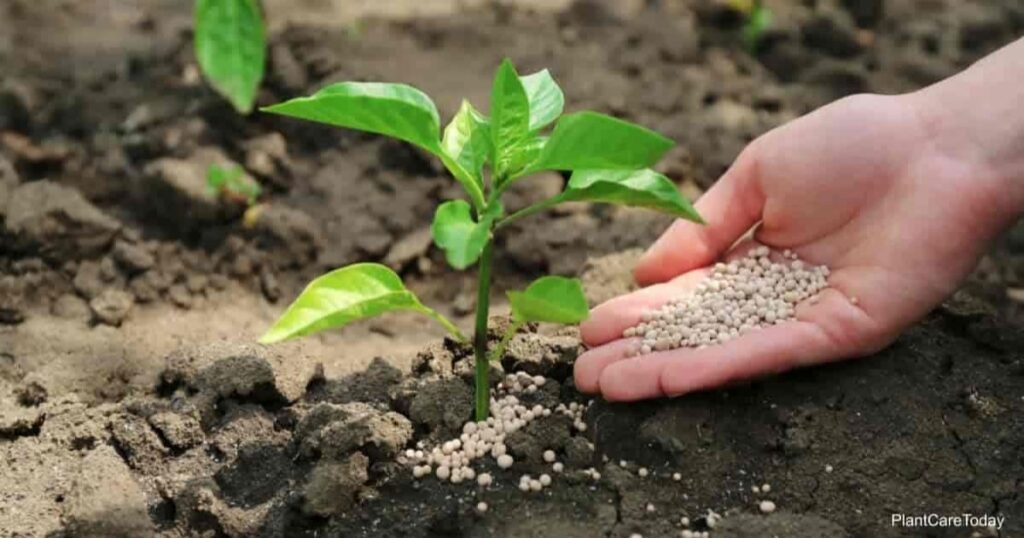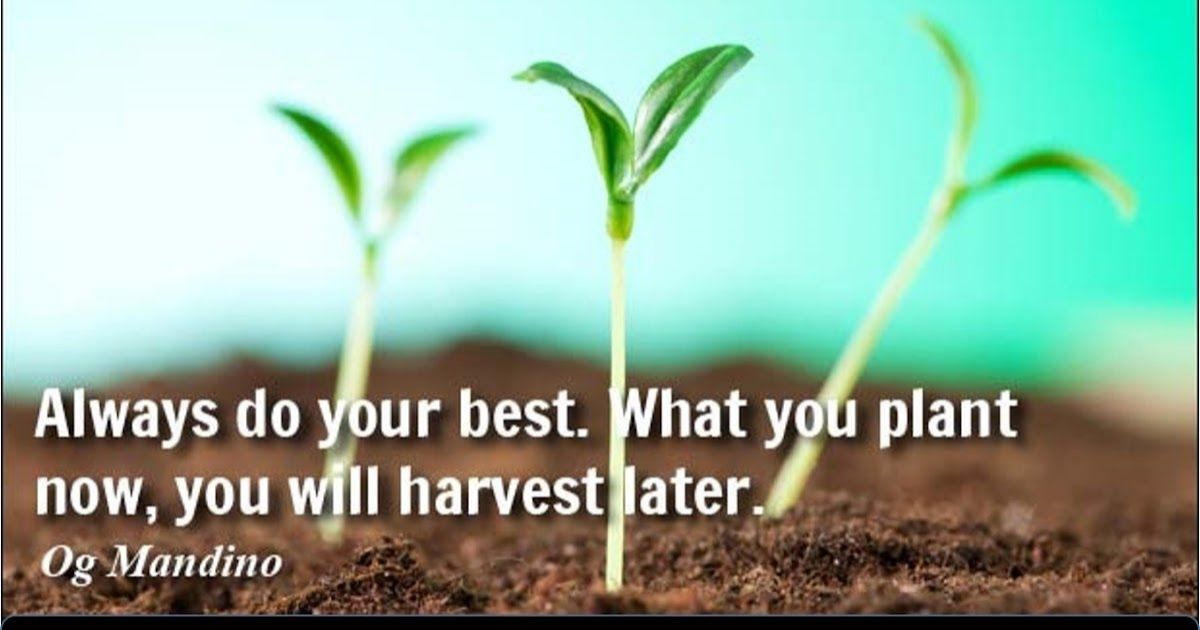How To Best Fertilize Pepper Plants
Cultivating a bountiful pepper harvest requires more than just tender loving care it demands a strategic approach to fertilization. Whether you’re a seasoned gardener or a newcomer to the world of pepper cultivation, understanding the art of fertilizing your plants can unlock their full potential. From lush foliage to an abundance of vibrant, flavorful peppers, proper fertilization is the key to success.
Unlocking the Potential: Pepper Plant Fertilization Demystified
Peppers are heavy feeders, requiring a steady supply of essential nutrients to thrive. Without adequate fertilization, these plants may struggle to produce blooms and fruit, resulting in disappointing yields. However, with a well-planned fertilization strategy, your pepper plants can flourish, rewarding you with a bountiful harvest that will ignite your culinary adventures.
Granular vs. Liquid Fertilizers – How To Fertilize Pepper Plants
When it comes to fertilizing pepper plants, gardeners have two primary options: granular and liquid fertilizers. Each type offers distinct advantages and serves specific purposes in the plant’s growth cycle.
Granular fertilizers typically applied to the soil, release nutrients slowly over time, providing a steady stream of nourishment to the plant’s root system. These slow-release formulas are ideal for promoting robust root development and sustained growth throughout the growing season.
Liquid fertilizers, on the other hand, are readily absorbed through the plant’s leaves and roots, delivering a quick burst of nutrients. These fast-acting solutions are particularly useful during critical growth stages, such as flowering and fruit development when pepper plants require an immediate nutrient boost.
By employing a strategic combination of granular and liquid fertilizers, you can cater to your pepper plants’ evolving nutritional needs, ensuring optimal growth and maximizing yields.
Fertilizing Young Pepper Plants
The early stages of a pepper plant’s life cycle are crucial for establishing a strong foundation. During this time, it’s essential to provide your young plants with a gentle, balanced fertilizer to support their initial growth without overwhelming their delicate root systems.
A good-quality liquid fertilizer, such as compost tea or a diluted commercial solution, can provide the necessary nutrients to encourage vigorous foliage development and root establishment. Apply these liquid fertilizers every 10 days during the first month after transplanting to ensure your pepper plants receive a steady supply of nutrients.
Nutrient Boost: Strategies for Enhancing Pepper Yield Through Fertilization

As your pepper plants transition from their vegetative growth phase to the reproductive stage, their nutritional demands shift. During this critical juncture, it’s essential to provide a targeted nutrient boost to support flower and fruit development.
From Soil to Harvest: The Science of Fertilizing Pepper Plants
Achieving a bountiful pepper harvest goes beyond merely applying fertilizers; it involves understanding the intricate science behind plant nutrition and soil fertility. By delving into the complexities of soil chemistry, nutrient absorption, and plant physiology, gardeners can develop a comprehensive strategy that optimizes fertilization for maximum yields.
Secrets to Bountiful Pepper Crops: Mastering Fertilization Techniques
Successful pepper cultivation hinges on mastering the art of fertilization techniques. From selecting the right fertilizer formulations to timing the applications precisely, these secrets can unlock the door to thriving pepper gardens and abundant harvests.
Also read this post:Impatiens
Listen Below To Our Podcast On Fertilizing Your Garden Plants!
For those who prefer audio content or want to supplement their knowledge, our podcast on fertilizing garden plants offers valuable insights and practical tips. Tune in to gain a deeper understanding of pepper plant nutrition and fertilization strategies from seasoned experts in the field.
Early Summer Fertilizing – How To Fertilize Pepper Plants
As the growing season progresses and your pepper plants begin to set blooms and fruit, it’s time to introduce a granular, slow-release fertilizer. These formulations are specifically designed to provide a steady supply of nutrients throughout the plant’s reproductive phase, ensuring continuous fruit development and a bountiful harvest.
When selecting a granular fertilizer, pay close attention to the N-P-K ratio (nitrogen, phosphorus, and potassium) on the label. For pepper plants, a fertilizer with a higher phosphorus and potassium content, such as a 5-10-10 or similar formulation, is ideal. These nutrients play a crucial role in promoting flower and fruit formation, while nitrogen primarily supports foliage growth.
Apply the granular fertilizer according to the manufacturer’s recommendations, typically once a month, and continue this regimen until the plants begin to fade in the early fall. Complement this with a liquid fertilizer application every 14 to 21 days to provide an additional nutrient boost and support ongoing plant growth.
Fertilizing for Success: Maximizing Pepper Plant Productivity
Achieving maximum productivity from your pepper plants requires a well-rounded fertilization strategy that addresses their changing nutritional needs throughout the growing season. By combining the slow release of granular fertilizers with the immediate impact of liquid solutions, you can ensure your plants receive a steady supply of essential nutrients, promoting vigorous growth, abundant flowering, and prolific fruit production.
A Green Thumb’s Guide: Fertilization Tips for Pepper Enthusiasts

For passionate pepper growers, mastering the art of fertilization is not just a means to an end but a journey of continuous learning and improvement. By sharing tips, techniques, and insights from experienced gardeners, this guide aims to empower pepper enthusiasts to cultivate thriving plants and reap the rewards of their labor in the form of bountiful, flavorful harvests.
The Fertilization Factor: Cultivating Thriving Pepper Gardens
In the quest for a vibrant and productive pepper garden, fertilization is a critical factor that cannot be overlooked. By understanding the unique nutritional requirements of pepper plants and tailoring your fertilization strategy accordingly, you can create an environment where these plants can truly thrive, yielding an abundance of delectable fruits for your culinary delights.
Growing Peppers, Growing Yields: Fertilization Essentials
Embarking on the journey of pepper cultivation is a rewarding endeavor, but to maximize your yields, mastering the essentials of fertilization is paramount. From selecting the right fertilizers to timing their application and adjusting for different growth stages, these fundamental practices will empower you to unlock the full potential of your pepper plants, ensuring a bountiful harvest that will tantalize your taste buds.
Why N-P-K Is Important
Understanding the significance of the N-P-K ratio is crucial when it comes to selecting the appropriate fertilizer for your pepper plants. This trio represents the three primary macronutrients essential for plant growth: nitrogen (N), phosphorus (P), and potassium (K).
Nitrogen plays a vital role in promoting lush foliage development and overall plant growth. However, an excess of nitrogen can lead to an overabundance of foliage at the expense of flower and fruit production.
Phosphorus is a key player in root development, flower formation, and fruit setting. It aids in the transfer of energy within the plant, ensuring sufficient resources are allocated to reproductive growth.
Potassium, on the other hand, contributes to overall plant vigor, drought tolerance, and disease resistance. It also enhances fruit quality, improving flavor, color, and shelf life.
By selecting a fertilizer with a higher phosphorus and potassium content, you can strike the perfect balance, promoting robust plant growth while encouraging abundant flowering and fruiting.
Applying Granular Fertilizer – How To Fertilize Pepper Plants

When it comes to applying granular fertilizers, timing is everything. After your pepper plants have been established in their growing environment for approximately 30 days, they are ready for their first dose of slow-release nutrition.
Carefully follow the manufacturer’s instructions on the fertilizer label, as application rates can vary between products. Distribute the granules evenly around the base of the plants, taking care not to concentrate them too close to the stems to avoid potential root burn.
Continue to provide your pepper plants with a monthly application of granular fertilizer throughout the growing season, until early fall when the plants begin to naturally decline.
By combining this steady release of nutrients with periodic applications of liquid fertilizers, you can create a harmonious and efficient fertilization regimen that supports your pepper plants’ every need, from root development to fruit production.
Fertilize Right, Harvest Big: Pepper Plant Fertilization Simplified
While the concept of fertilizing pepper plants may seem daunting at first, it can be simplified by breaking it down into a few key steps. By following these straightforward guidelines, even novice gardeners can master the art of fertilization and reap the rewards of a bountiful pepper harvest.
- Understand Your Soil: Before embarking on a fertilization journey, it’s essential to assess the condition of your soil. Conducting a soil test can provide valuable insights into the existing nutrient levels and pH balance, allowing you to make informed decisions about the type and quantity of fertilizers needed.
- Start with Organic Matter: Incorporating organic matter, such as compost or well-aged manure, into your soil is a fundamental step in creating a nutrient-rich environment for your pepper plants. These natural amendments not only supply essential nutrients but also improve soil structure, drainage, and water-holding capacity.
- Choose the Right Fertilizer: Select a balanced fertilizer formulated specifically for vegetable gardens or one with a higher phosphorus and potassium content, as recommended earlier. Look for organic or slow-release options to provide a steady supply of nutrients throughout the growing season.
- Follow the Feeding Schedule: Adhere to the recommended feeding schedule, starting with a gentle liquid fertilizer for young plants and transitioning to a combination of granular and liquid fertilizers as the plants mature. Consistency is key to ensuring your pepper plants receive the nourishment they need at the right stages.
- Monitor Plant Health: Regularly observe your pepper plants for signs of nutrient deficiencies or excesses. Yellowing leaves, stunted growth, or poor fruit production can indicate the need for adjustments to your fertilization routine.
- Rotate Crop Rotation: Practicing crop rotation can help replenish the soil with essential nutrients and prevent nutrient depletion. By rotating pepper plants with other crop families, you can maintain a balanced soil ecosystem and promote long-term soil fertility.
By simplifying the fertilization process and following these guidelines, you’ll be well on your way to cultivating a thriving pepper garden that yields an abundant harvest season after season.
Pepper plant nutrition is a crucial aspect of successful pepper cultivation, and understanding the intricate relationship between soil, fertilizers, and plant growth is essential for maximizing yields. Through fertilizing techniques tailored to the specific needs of pepper plants, gardeners can create an ideal environment for their plants to flourish.
Increasing pepper yields is a common goal for many growers, and proper fertilization plays a pivotal role in achieving this objective. By providing a nutrient-rich soil environment and supplementing with organic fertilizers for peppers, plants can access the essential elements they need for robust growth, abundant flowering, and prolific fruit production.
Adhering to a well-planned fertilization schedule is key to ensuring your pepper plants receive the right nutrients at the right time. This not only supports optimal pepper plant growth but also helps prevent nutrient deficiencies or excesses that could hinder plant performance.
Soil amendments for peppers, such as compost or aged manure, can significantly improve soil fertility and structure, creating an ideal growing environment for your plants. These organic materials not only provide essential nutrients but also enhance water retention and aeration, promoting healthy root development.
Understanding the various fertilizer application methods, including granular, liquid, and foliar applications, allows gardeners to tailor their approach to the specific needs of their pepper plants. Each method has its advantages and can be strategically employed to deliver nutrients efficiently and effectively.
Ultimately, the goal of maximizing pepper production hinges on providing your plants with the right balance of nutrients at the appropriate stages of growth. By mastering the art of fertilization, you can unlock the full potential of your pepper plants, leading to a bountiful harvest that will delight your senses and tantalize your taste buds.
Pepper cultivation is a rewarding endeavor, but success often relies on a deep understanding of plant nutrition and crop fertility. Through soil enrichment strategies and the judicious use of fertilizers, gardeners can create an environment that supports vigorous plant growth, abundant flowering, and a plentiful pepper yield.
Embracing the principles of organic gardening and yield optimization, pepper growers can cultivate healthier plants while minimizing their environmental impact. By harnessing the power of natural fertilizers and implementing sustainable practices, you can contribute to a more eco-friendly approach to food production.
Plant Health is intrinsically linked to nutrient absorption, and ensuring your pepper plants have access to the right nutrients in the right quantities is crucial for their overall vitality. Through garden fertilization strategies tailored to pepper plants, you can support their growth and development from seedling to harvest.
In the realm of sustainable agriculture, soil fertility management plays a pivotal role in ensuring long-term productivity and environmental stewardship. By replenishing the soil with essential nutrients and maintaining a balanced ecosystem, pepper growers can cultivate thriving gardens while preserving the land for future generations.
Plant vitality is often a reflection of the care and attention given to nutrient uptake and balanced soil nutrients. By providing your pepper plants with the necessary resources, you can promote vigorous growth, abundant flowering, and optimal plant productivity.
Optimizing fertilizer efficiency is not only beneficial for your pepper plants but also has economic and environmental implications. By selecting the right fertilizers and applying them judiciously, you can maximize nutrient utilization while minimizing waste and potential environmental impacts.
Crop nutrition is a multifaceted aspect of pepper cultivation, encompassing soil health, fertilizer selection, and application techniques. By understanding the intricate relationship between these factors, gardeners can create a holistic approach to nurturing their pepper plants and optimizing yields.
Implementing effective soil amendment techniques, such as incorporating compost or aged manure, can significantly improve soil structure and nutrient availability for your pepper plants. These practices not only support plant growth but also contribute to long-term soil sustainability.
By embracing the principles of growth enhancement and plant vitality, pepper growers can unlock the full potential of their plants, resulting in a bountiful harvest that not only satisfies the palate but also nourishes the soul with the satisfaction of a job well done.
Natural fertilizers offer a sustainable and eco-friendly alternative to synthetic options, providing essential nutrients to your pepper plants while minimizing environmental impact. These organic sources not only feed the plants but also contribute to the overall health of the soil ecosystem.
Remember, successful pepper cultivation is a journey that combines science, art, and dedication. By mastering the art of fertilization and embracing sustainable practices, you can cultivate thriving pepper gardens that yield abundant, flavorful harvests while contributing to a greener, more sustainable future.
FAQ’s
What is the best fertilizer for pepper plants?
The best fertilizer for pepper plants is a balanced fertilizer with a higher phosphorus and potassium content, such as a 5-10-10 or similar formulation. Organic fertilizers like compost, aged manure, or fish emulsion can also provide a rich source of nutrients for pepper plants.
How to boost pepper plant growth?
To boost pepper plant growth, provide them with a nutrient-rich soil environment and supplement them with a balanced liquid fertilizer every two weeks during the growing season. Regularly pruning off excess foliage can also encourage more energy to be directed towards fruit production.
How to make homemade fertilizer for peppers?
A simple homemade fertilizer for peppers can be made by combining equal parts of compost, worm castings, and aged manure, which can be worked into the soil before planting. Alternatively, you can create a compost tea by steeping compost in water and applying it as a liquid fertilizer.
How do you make peppers mature faster?
To encourage faster maturation of pepper fruits, ensure your plants receive ample sunlight, consistent moisture, and a steady supply of nutrients through regular fertilization. Pinching off the first few flower buds can also redirect the plant’s energy towards developing the remaining fruits more quickly.











